Last updated on
Covering pipes in your laundry room can give it a significant aesthetic boost because it transforms an otherwise utilitarian space into an appealing and organized part of your home.
Covering pipes in your laundry room can transform the space from functional to fabulous. This article will guide you through various practical and aesthetically pleasing ways to conceal unsightly plumbing. Whether you opt for a custom-built cabinet, use decorative tapestries, or embrace the industrial look with a chic paint job, we’ve got you covered.
We’ll explore all these options in detail, ensuring you can make an informed decision that suits your style and budget. Get ready to elevate your laundry room’s look by seamlessly integrating those pipes into your decor.
Key takeaways:
- Transparent acrylic panels, MDF/plywood, PVC, or fabric skirt.
- Consider PVC covers, decorative radiator covers, or custom box covers.
- Measure pipes, select cover, and install securely.
- Regularly inspect and clean covers for longevity.
- Use flexible coverings, match materials, prioritize safety, and consider aesthetics.
Table of Contents
Choosing the Appropriate Materials for Pipe Covering
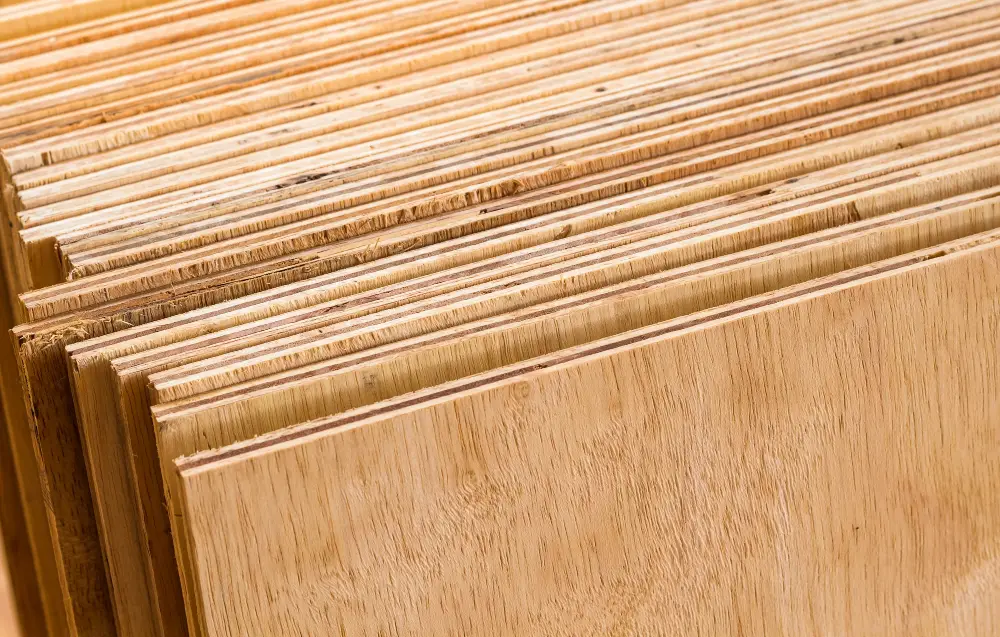
The selection of materials is the first crucial step towards achieving an aesthetically pleasing and functional cover for your laundry room pipes.
1. Transparent Acrylic Panels: If the pipes are not rusted and have a clean look, transparent acrylic panels can be an ideal choice. Easy to cut and fit, they come with an added advantage of easy accessibility.
2. MDF or Plywood: These are time-tested options and are excellent for concealing those less-than-attractive pipes. Depending on your decor, you can paint or wallpaper them to match the surroundings.
3. PVC: Economical yet efficient, PVC pipe covers can be painted to blend well with your laundry room. Remember to choose high-density PVC for a more durable solution.
4. Fabric Skirt: DIY enthusiasts may love this choice. Select a fabric that complements your laundry room and sew it into a cover. Don’t forget to incorporate a pull-up mechanism for easy access.
Remember to balance aesthetics, budget, and practicality. The chosen material should serve its purpose of hiding the pipes without compromising on appearance or access to the pipes when needed.
Determining the Right Cover for Laundry Room Pipes
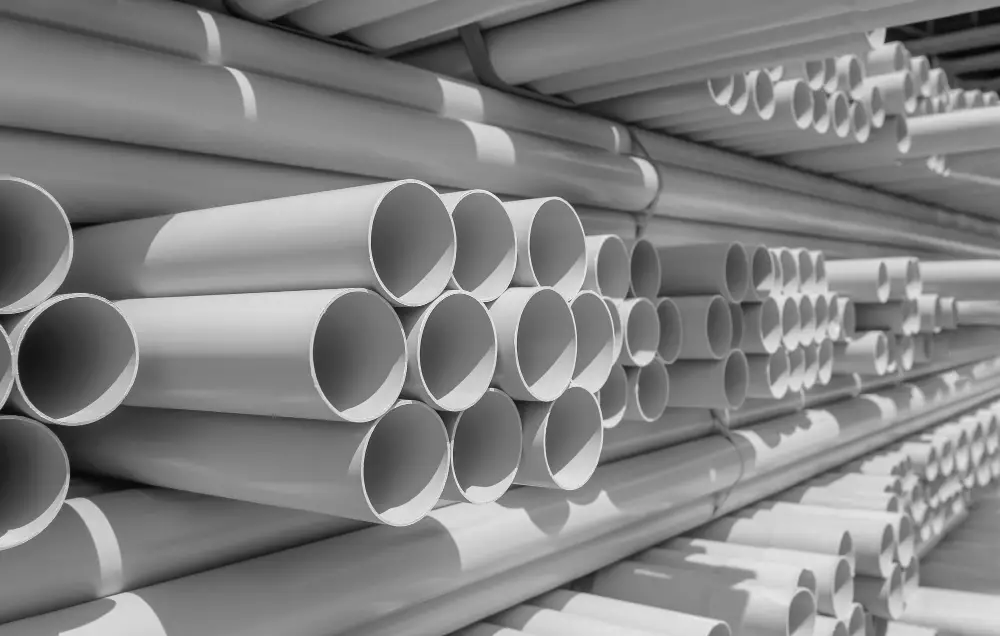
When selecting a cover, it’s vital to consider aspects such as material, room decor, and ease of installation. For a simple yet effective solution, PVC covers are invaluable. They’re lightweight, and their snap on-off mechanism makes them suitable for DIY. However, keep in mind it’s essential to match the pipe’s dimensions for a snug fit.
For those keen on aesthetics, consider decorative radiator covers. They can be paired with the room’s decor, bringing an element of style. On the downside, they may necessitate professional installation and be more expensive.
Lastly, look into custom box covers. These can be painted or designed to merge seamlessly with the room’s look and can offer additional shelf space. Yet, they’re typically more labor-intensive to install, so weigh the pros and cons accordingly.
The Step-by-Step Process of Installing Pipe Covers

Begin by correctly measuring the dimensions of the pipes. This will ensure the chosen cover fits securely and looks neat. If the pipes extend high up the wall or across the ceiling, a step ladder may be necessary for this task.
Next, select a pipe cover that suits the measurements. Keep the decor style of the laundry room in mind while making this selection. Some options include painted metal covers, which bring a polished look, or decorative wood box covers for a warmer, homely feel.
With the right cover in hand, installation follows. For most covers, this involves securing the cover around the pipes with accompanying hardware. This may include screws, brackets, or clamps. Adhere to any instructions provided by the manufacturer for the most reliable installation.
Remember safety is paramount. When dealing with pipes near electrical appliances or outlets, seek professional advice or hire a qualified person to perform the installation. Lastly, be sure to clean the area after installation, focusing particularly on removing any residue which could corrode the pipes over time.
Maintenance Tips for Laundry Room Pipe Covers
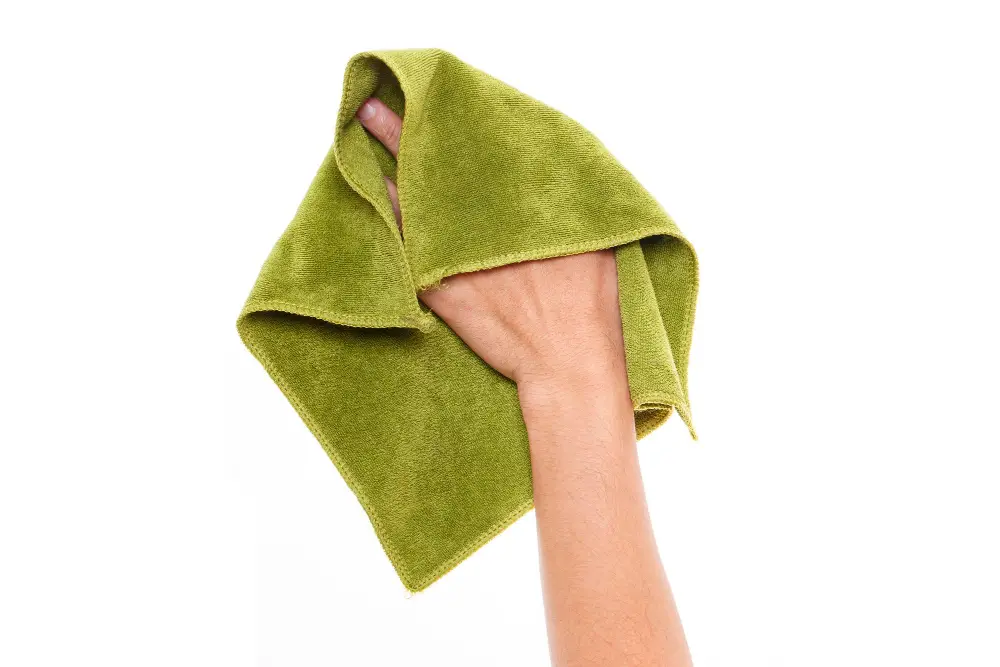
Ensuring the longevity and effectiveness of your pipe covers revolves significantly around proper maintenance. Regular inspection for damage should be part of your routine. Look out for any cracks, gaps or loose parts, repairing them promptly to avoid further complications.
It’s also important to maintain cleanliness. Dust tends to accumulate over time and may cause unattractive discoloration. Simply wiping with a damp cloth can help, but for stubborn dirt, a mild soap can do the trick. After cleaning, use a dry cloth to remove any residual moisture. This will prevent potential rusting or mold growth.
Avoid hanging heavy objects on the covers as their primary purpose is concealing pipes, not bearing weight. Extra pressure could lead to damage, compromising their effectiveness and appearance.
Finally, mindful interaction with the covers, such as careful opening for pipe inspection and gentle closing, will go a long way in preserving their condition.
Handling Potential Problems During Pipe Covering Process

At times, complications can arise during the installation stage. Here’s how you can tackle some common problems:
1. Inaccessible Pipes: If your pipework is particularly hard to reach, you may need to use flexible, peel-and-stick coverings. These can be easily maneuvered around obstacles, and thermal versions can protect your pipes from cold temperatures.
2. Mismatched Materials: Not all materials are appropriate for every pipe. For instance, PVC may not support heavy-duty metallic pipe covers. In such scenarios, ensuring you have the correct types of brackets or supports is key.
3. Safety Hazards: Ensure all the proper precautions are being taken, especially when dealing with hot or high pressure pipes. Never neglect using the proper gear, which might include gloves and safety glasses, to safeguard against potential hazards.
4. Aesthetics: Sometimes, the covered-up pipes might not suit the room decor. Experimenting with color-coordinated or textured covers can ensure the functional aspect adds to, rather than detracts from, your overall laundry room aesthetic.
Understanding these common hurdles can help you navigate through the pipe covering process smoothly, and eliminate unwelcome surprises along the way.
Suggestions for Attractive Pipe Covers in Your Laundry Room
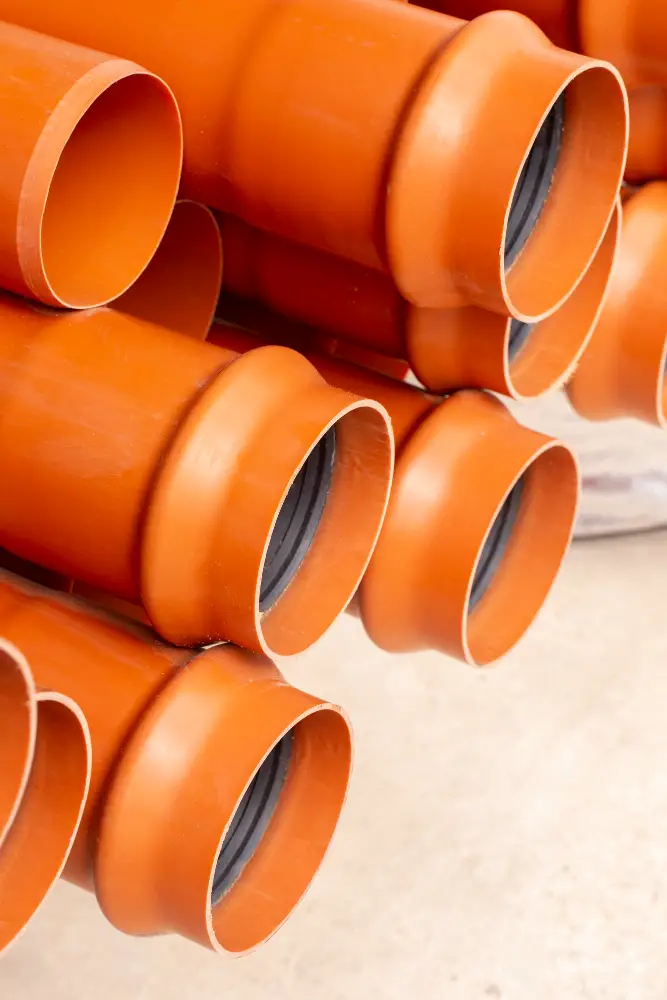
For those desiring a flair of style, there’s no limit to creative options. Natural elements like wood can offer warm, rustic appeal. Consider creating a customized wooden box, either stained or painted to match your room’s decor. There’s also the option of using painted PVC covers to introduce color, perfect for a laundry room with a vibrant palette.
If you favor minimalism, sleek metallic covers may appeal to you. Stainless steel or chrome will reflect room light and contribute an ultra-modern look. However, they require regular cleaning to maintain their shine.
For those looking to inject some vintage charm, consider fabric skirting. A patterned or plain fabric suspended from a tension rod can effectively hide pipes while adding a quaint touch.
Remember that the most aesthetically-pleasing solution should also be practical. It must provide easy access for routine maintenance or in case of an emergency.
Benefits of Covering Pipes in the Laundry Room
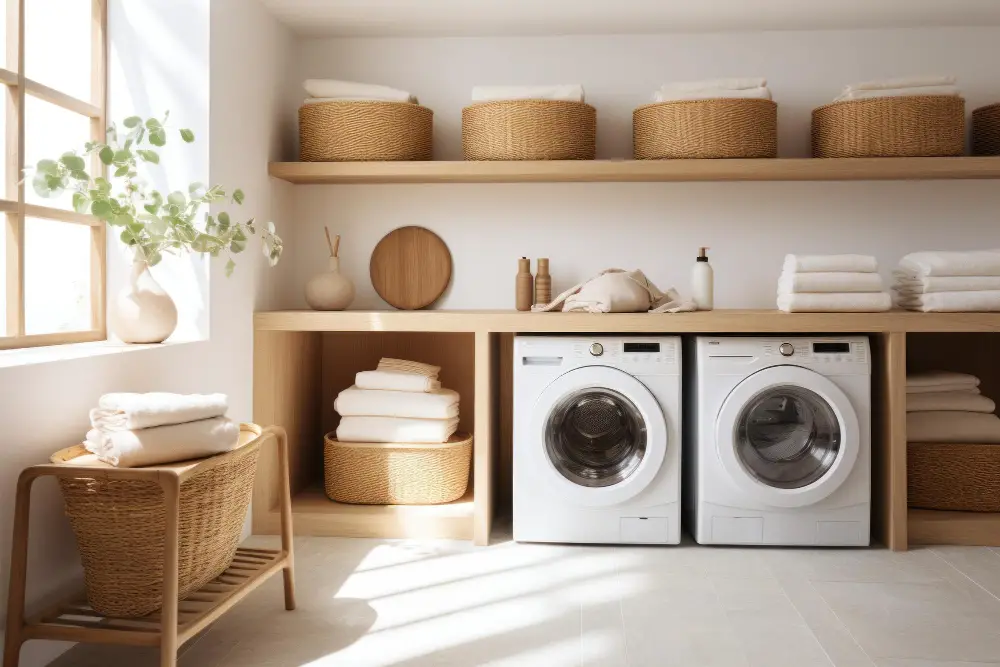
Covering laundry room pipes not only enhances aesthetics, but also serves functional purposes. It prevents accidents or injuries caused by accidental contact with hot pipes. Additionally, it cuts down on condensation which can lead to dampness and potential mould growth. Moreover, having a cover over the pipes reduces noise emitted by the washing machine or dryer, creating a more tranquil laundry environment.
One of the often overlooked benefits is the potential for increased storage space. Incorporating shelves or cabinets into the pipe cover design could create additional room for storing laundry essentials, bringing practicality and functionality without sacrificing style. Lastly, these covers can also serve as an extra layer of insulation, helping to retain heat in winter months and save on energy costs.
FAQ
What do you cover water pipes with?
Water pipes are typically covered with foam sleeves bought from a local hardware store, primarily to keep them warm in winter and prevent the water inside from freezing.
How do you cover exposed water pipes in a bathroom?
To cover exposed water pipes in a bathroom, you can build an additional plasterboard wall in front of the existing one, making it a cost-effective option especially for larger bathrooms.
How can one effectively mask gas lines in a laundry room?
One can effectively mask gas lines in a laundry room by enclosing them in a decorative cabinet or painting them the same color as the wall.
What materials can be used to conceal plumbing fixtures without hindering their function?
Materials such as removable panels, sink skirts, decorative grates, or furniture like vanity units and pedestals can be used to conceal plumbing fixtures without hindering their function.
In what ways can the room design be altered to make the pipes less visible?
To make the pipes less visible in a room, consider applying techniques such as painting them the same color as the walls, using decorative covers, incorporating them into the design, or concealing them behind furniture or within cupboards.




